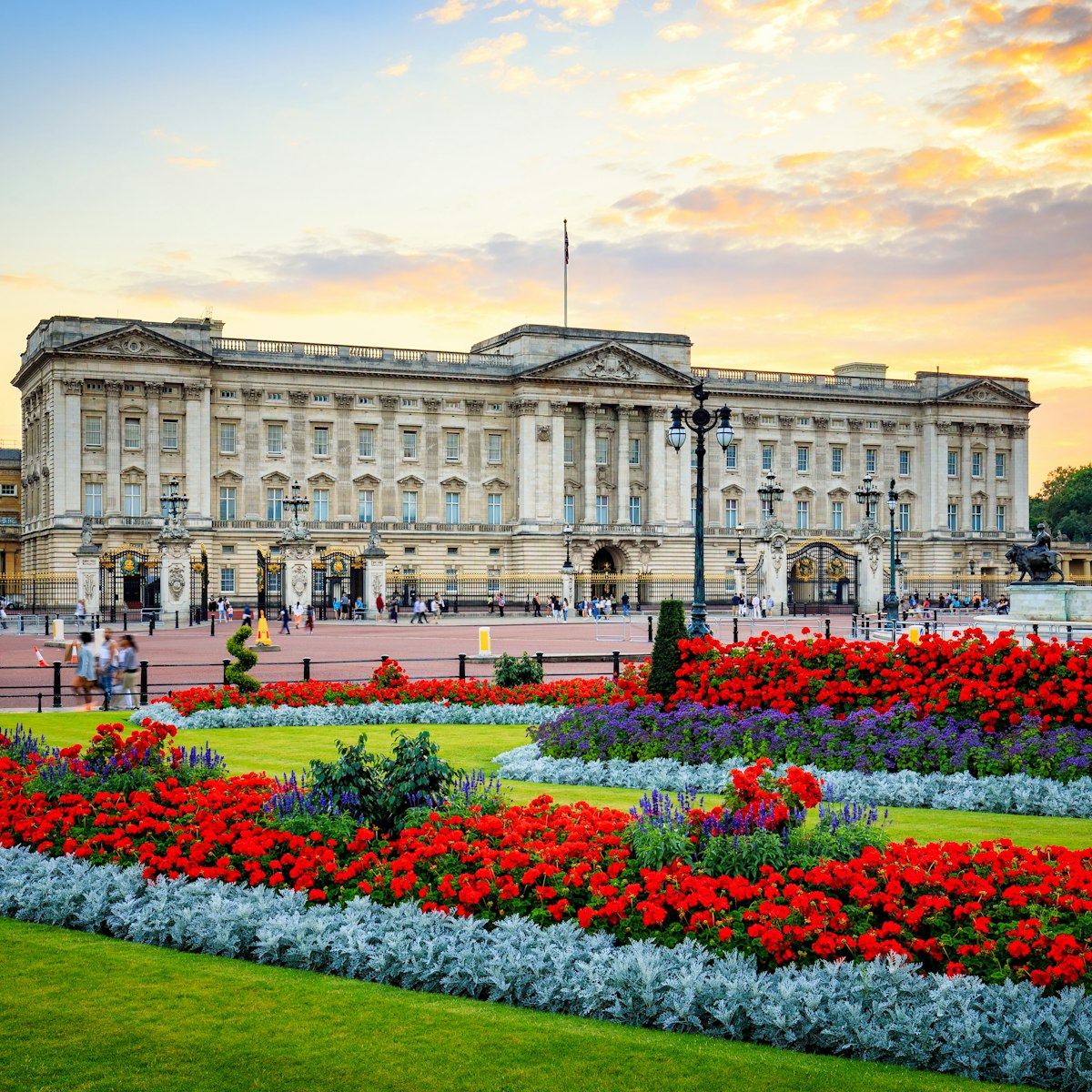Designed in 1775 for government departments and royal societies – perhaps the world's first office block – Somerset House now contains galleries, restaurants and cafes that encircle a lovely open courtyard and extend to an elevated sun-trap terrace. The Embankment Galleries are devoted to temporary exhibitions (usually related to photography, design or fashion). In summer, the grand courtyard hosts open-air live performances, dancing fountains for kids to cool off in and the Film4 Summer Screen, plus an atmospheric ice-skating rink in winter.
The Courtauld Gallery, home to a wealth of 14th- to 20th-century art, is closed for renovations, scheduled to be completed by the end of 2020.
Exhibition prices vary, as do the opening hours of the galleries and restaurants; check the website for the latest.
Construction started on the first Somerset House, a palace for the Duke of Somerset (brother of Jane Seymour, King Henry VIII's third wife) in 1547. For two centuries, it played host to royals (Queen Elizabeth I lived here while she was a princess), foreign diplomats, wild masked balls, peace treaties, the Parliamentary army (during the 1642 English Civil War) and Oliver Cromwell's wake. Having fallen into disrepair, it was pulled down in 1775 and rebuilt to designs by architect William Chambers. Among other weighty organisations, it went on to house the Royal Academy of Arts (and the first Summer Exhibition), the Society of Antiquaries, the Navy Board and, that most popular of institutions, Inland Revenue – see if you can spot some of the old signage in the courtyard.
Two sets of free hour-long guided tours are run three times a week: one delves into the historical highlights of the current building, the other takes a closer look at what remains of the old palace. Pick up tickets on the day from the information desk in Seamen's Hall in the South Wing.







